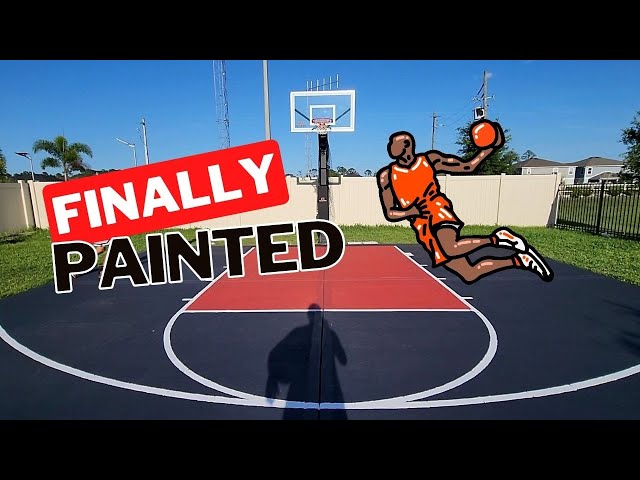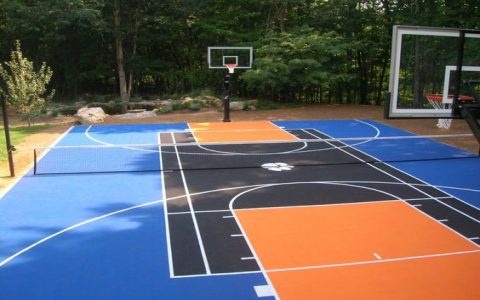Transforming Play: The Essence of Basketball Court Art
Basketball court art is the practice of painting vibrant, often large-scale, designs and murals directly onto the surface of basketball courts. This transforms a functional athletic space into a public art installation, merging sport with visual creativity.
Core Objectives and Significance
The goals behind embellishing basketball courts with art are multifaceted:
- Community Revitalization: Art can breathe new life into neglected public spaces, making them more inviting and fostering a sense of local pride.
- Cultural Expression: Designs often reflect local heritage, community stories, or contemporary artistic trends, providing a platform for cultural dialogue.
- Enhanced Player Experience: A visually stimulating environment can inspire players and elevate the overall sporting atmosphere.
- Brand Activation: For sponsors or organizations, court art offers a unique and highly visible branding opportunity.
- Promoting Sport: Eye-catching courts can attract more people to the sport, encouraging physical activity and social interaction.
Key Technical and Artistic Considerations
Creating durable and effective basketball court art requires careful planning:

- Surface Material and Preparation: The court surface, typically asphalt or concrete, must be thoroughly cleaned, repaired (cracks, unevenness), and primed. This ensures proper adhesion and longevity of the paint.
- Paint Selection: Specialized acrylic sports coatings are essential. These paints must be:
- Durable: Able to withstand heavy foot traffic, weather extremes (UV exposure, rain, temperature fluctuations), and the impact of basketballs.
- Non-Slip: Crucial for player safety, providing adequate traction.
- Colorfast: Resistant to fading over time.
- Regulation Compliant (if applicable): Not adversely affecting ball bounce or playability.
- Design and Layout:
- Scale and Perspective: Designs must be effective both from a player's ground-level view and potentially from aerial perspectives (e.g., for photography or nearby buildings).
- Complexity: The level of detail must be manageable for application and durable enough for a high-traffic surface.
- Color Palette: Colors should be vibrant but also consider glare and heat absorption.
- Application Process: This often involves stenciling for precise lines and shapes, as well as freehand painting for more organic elements. Multiple layers of paint and sealant are typically required. Professional artists or specialized companies are often engaged.
- Maintenance: While designed for durability, court art will eventually require cleaning and potential touch-ups to maintain its appearance.
The Impact of Artistic Courts
Basketball court art initiatives often result in increased community engagement, positive media attention, and the creation of unique landmarks. They represent a powerful intersection of art, sport, and urban design, demonstrating how creativity can enhance public infrastructure and daily life.







